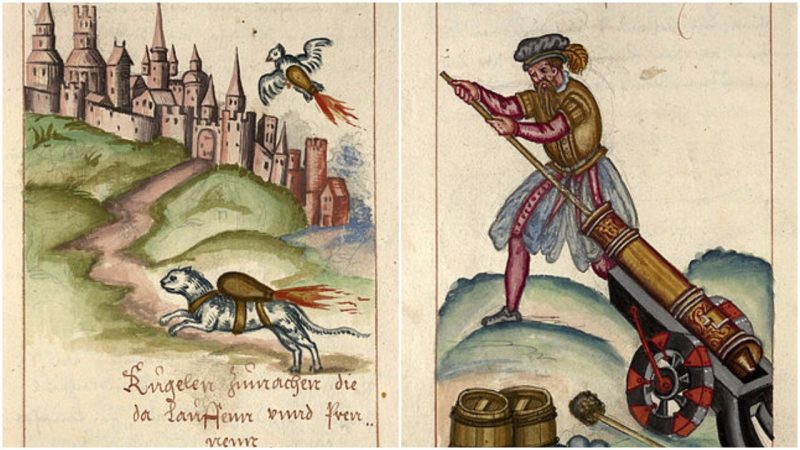Throughout history, warlords of many nations sought to improve the strengths of their offensive power by inventing devious siege machinery.
It is known that many ancient cultures used animals such as dogs, elephants, and even bears to wreak havoc on battlefields. Also, firefighting used to be a huge issue for every nation until the 20th century, so the strategic use of fire was often crucial for winning battles.
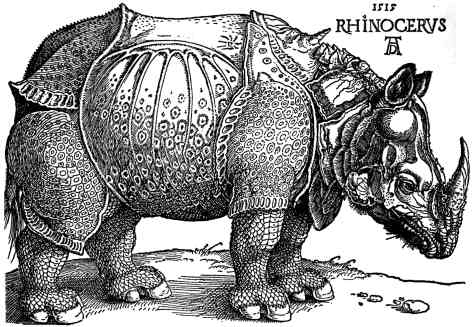
Some of the most ingenious siege techniques involved both animals and fire. The use of incendiary animals in battle dates back to the ancient times: the famous Biblical figure Samson allegedly strapped burning torches to the tails of 300 hundred wild foxes. He then let the animals loose near a Philistine camp, and they burned the entire camp to the ground.
In medieval Russia and Scandinavia, artillery masters were known to strap incendiary devices to cats and birds. Such way of setting cities and forts on fire was so popular in medieval China that it was included in several warfare manuals.
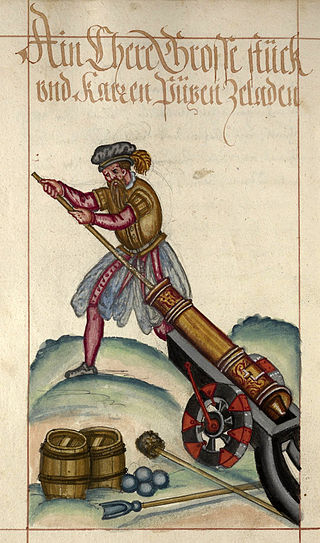
However, the weirdest way of using incendiary animals was thought of by a prominent German artillery master named Franz Helm, who lived in the 16th century. During his life Helm published several books on incendiary warfare and a book on practical crafts.
Helm’s most famous method of using incendiary animals was named the “rocket cat.” Rocket cats appear in several of Helm’s warfare books, but it is unknown whether he ever successfully managed to test a prototype of this cruel weapon.
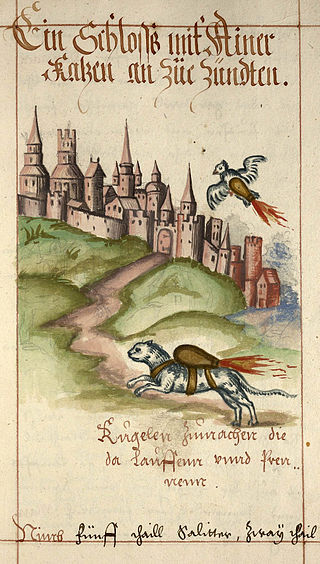
The illustrations that depict rocket cats are not accompanied by any explanations; they show cats being propelled towards castles, powered by primordial-looking rockets strapped to their back. Medieval engineers lacked the knowledge to construct functional rockets, so Helm’s illustrations were probably a demonstration of his visions of futuristic warfare.
The images are a part of the section entitled To set fire to a castle or city which you can’t get at otherwise. In this section, Helm describes siege towers, fire ballistae, trebuchets, and several cruel ways of burning cities while using incendiary animals. According to Helm, cats were perfect for such endeavors because of their agility and speed. He writes:
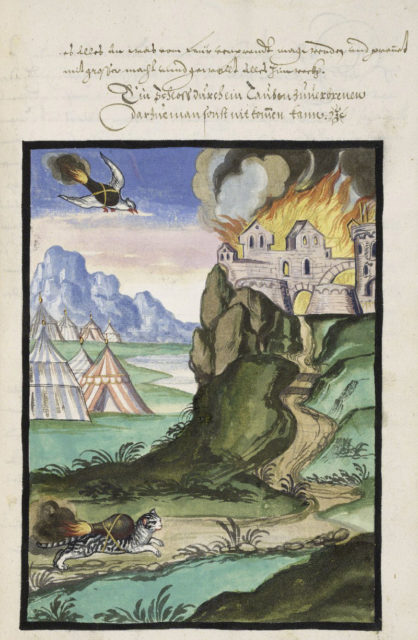
“Create a small sack like a fire-arrow. If you would like to get at a town or castle, seek to obtain a cat from that place.
Read another story from us: The K-Wagen: the German super-tank that never made it to the battlefield
And bind the sack to the back of the cat, ignite it, let it glow well and thereafter let the cat go, so It runs to the nearest town, and out of feat it thinks to hide where it ends up in barn hay or straw it will be ignited.”
